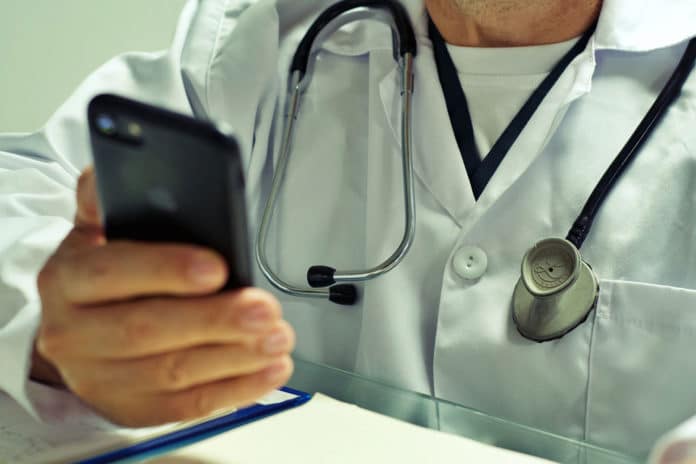Even if you are careful, an infection can happen after surgery. Such infections are known as Surgical Site Infections (SSIs). The infections occur on the part of the body where the surgery took place.
Many causes can lead to surgical wound infections. When pathogens multiply at the site where the surgery took place, this results in infection. For prevention, post-surgical infection antibiotics are infused within an hour before incision.
Complications of surgical site infections are a significant concern to surgical teams. A new study found that ‘Surgery Selfies’ act as a better wound assessment tool. This can expedite the diagnosis and treatment of Surgical site infections.
‘Surgery Selfies,’ i.e., smartphone images of surgical infections taken by patients and then assessed by clinicians, could help in early detection, diagnosis, and treatment of SSIs.
The study by the University of Edinburgh ran a randomized clinical trial involving 492 emergency abdominal surgery patients. They sought if these ‘Surgery selfies’ and questions on symptoms of infection could be used to diagnose wound infections early.
One group of 223 patients were contacted on days three, seven, and 15 after surgery and directed to an online survey. The survey includes a questionnaire about their wound and any symptoms they were experiencing. They were then asked to take a picture of their wound and upload it to the secure website.
The surgical team member evaluated the signs of wound infection based on the photographs and patients’ responses. They followed up with patients 30 days after surgery to determine if they had been subsequently diagnosed with an infection.
The second group of 269 patients received the routine level of care and were contacted 30 days after surgery to determine if they had been diagnosed with an infection.
No significant difference was observed between both groups in the overall time it took to diagnose wound infections in the 30-days after surgery. However, in the smartphone group, conditions were four times more likely to be interpreted within seven days of their surgery compared to the routine care group. Also, the smartphone group tends to have fewer GP visits compared with the routine care group.
Ewen Harrison, Professor of Surgery and Data Science, University of Edinburgh and study lead, said, “Our study shows the benefits of using mobile technology for follow-up after surgery. Recovery can be an anxious time for everybody. These approaches provide reassurance – after all, most of us don’t know what a normally healing wound looks like a few weeks after surgery. We hope that picking up wound problems early can result in treatments that limit complications. Using mobile phone apps around the time of surgery is becoming common – we are working to scale this within the NHS, given the benefits for patients in continuing to be directly connected with the hospital team treating them.”
Dr. Kenneth McLean, Clinical Research Fellow, University of Edinburgh and study co-lead, said, “Since the COVID-19 pandemic started, there have been big changes in how to care after surgery is delivered. Patients and staff have become used to having remote consultations, and we’ve shown we can effectively and safely monitor wounds after surgery while patients recover at home – this is likely to become the new normal.”
Journal Reference:
- McLean, K.A., Mountain, K.E., Shaw, C.A. et al. Remote diagnosis of surgical-site infection using a mobile digital intervention: a randomized controlled trial in emergency surgery patients. npj Digit. Med. 4, 160 (2021). DOI: 10.1038/s41746-021-00526-0
